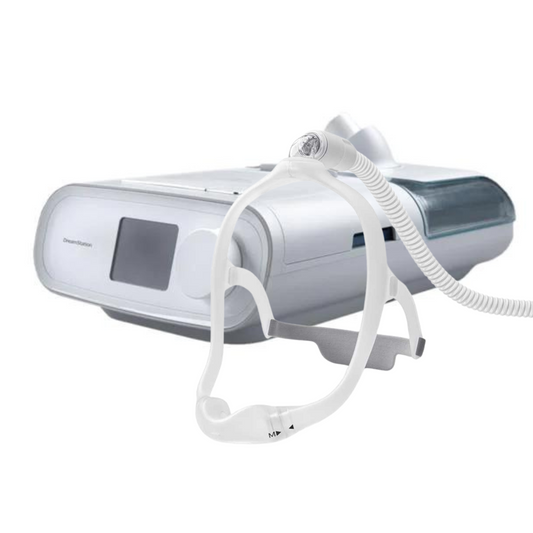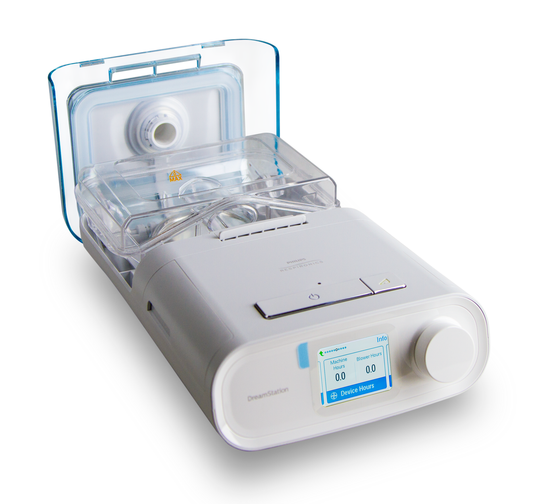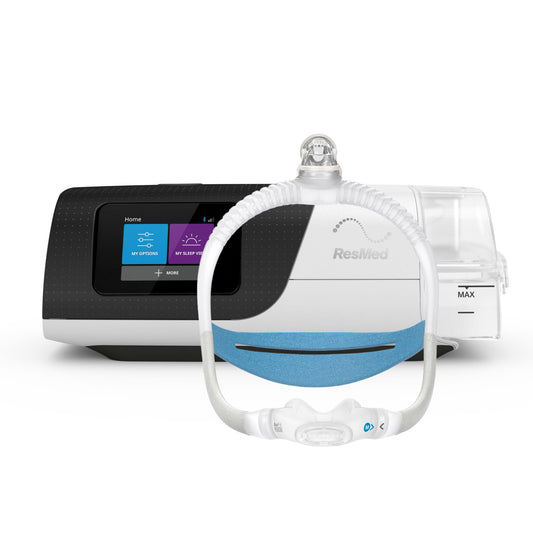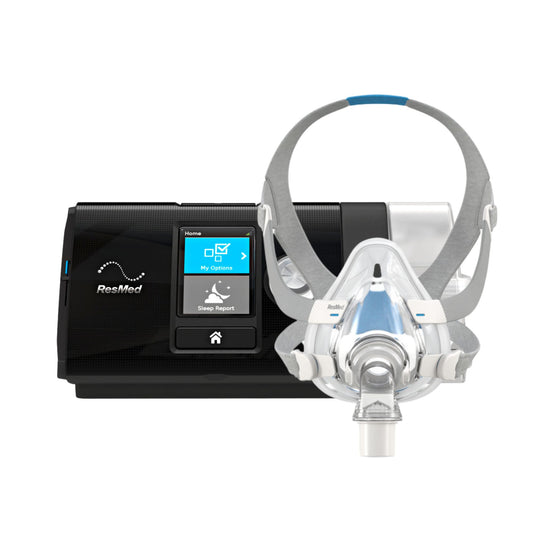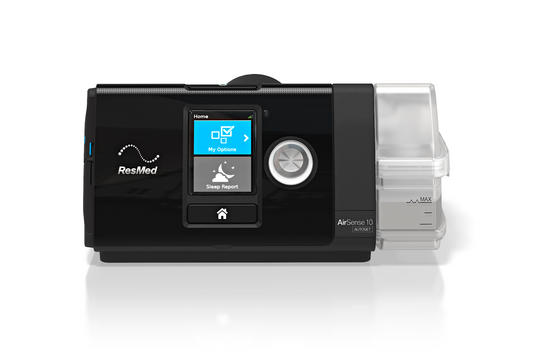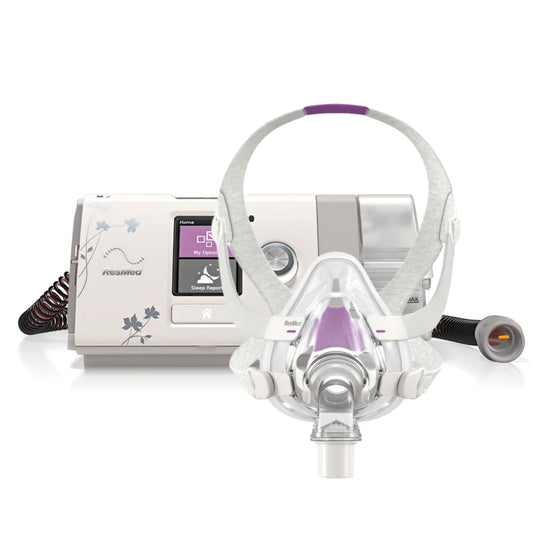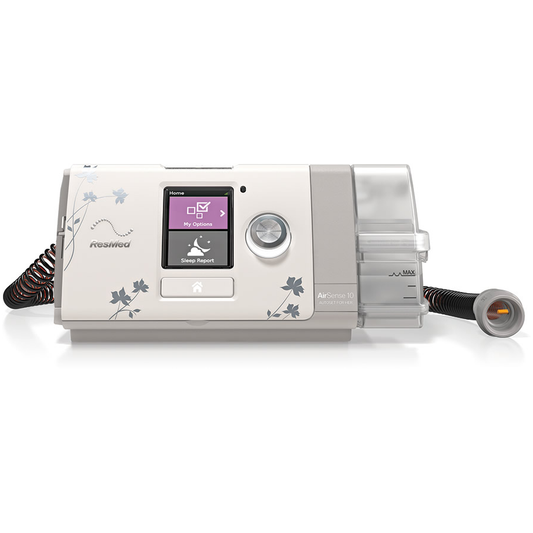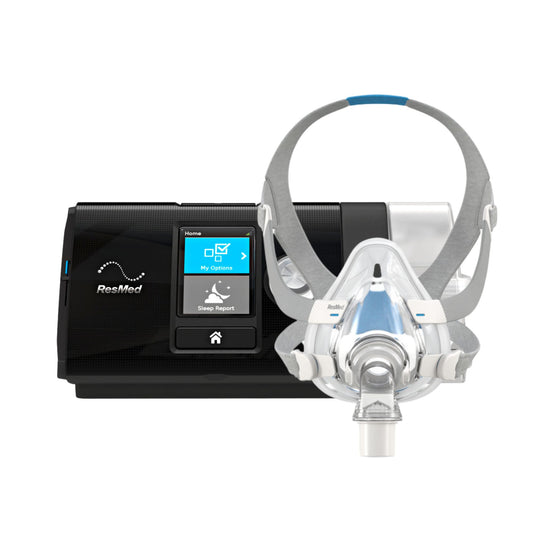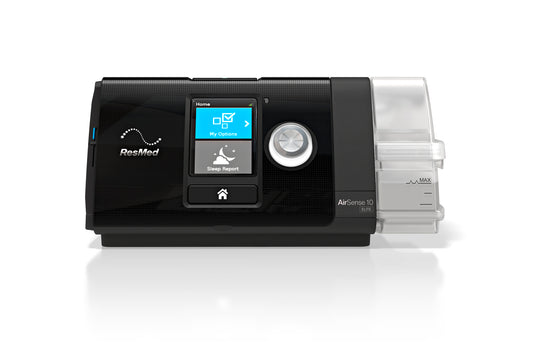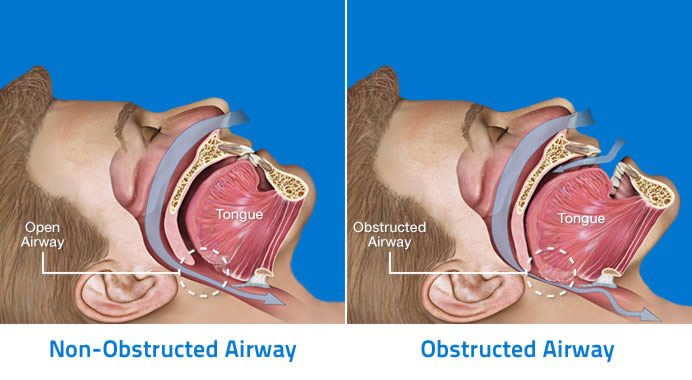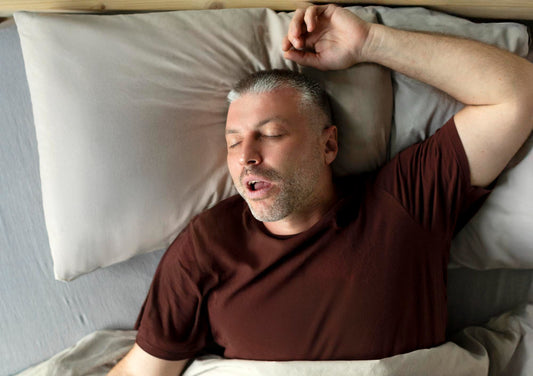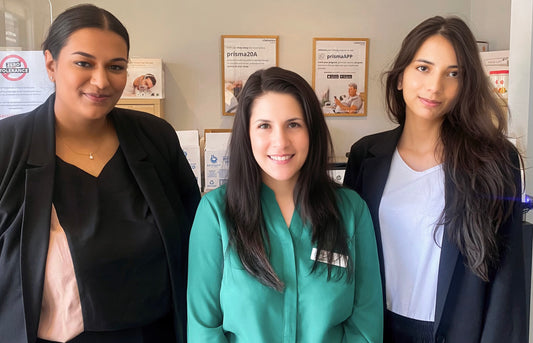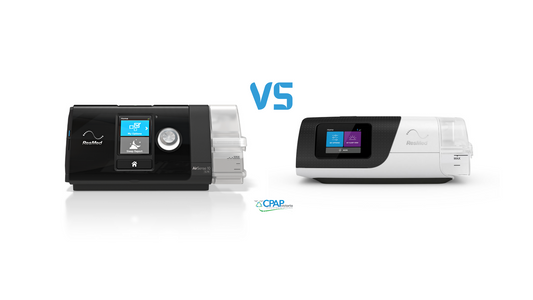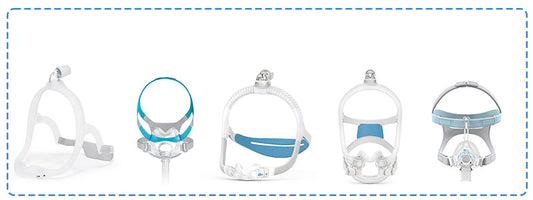Most diseases are curable by taking medications, but in some cases medications or therapy may only control or regulate some diseases. What then is the long-term prognosis for sleep apnoea? Can a person with sleep apnoea can hope to be totally free from it?
What Causes Sleep Apnoea?
Obstructive sleep apnoea is due to the collapse of a part of the airway starting from the nose and ending up on the lungs, collapses during sleep. Breathing is repeatedly disrupted for 10 seconds or more all through the night.
The most common cause of obstructive sleep apnoea (OSA) in adults is obesity and excess weight, which is linked with the soft tissue of the throat and mouth. When the muscles of the tongue and throat are more relaxed during sleep, the soft tissue may cause blockage in the airway.
Chronic snoring causes vibration of the airway and eventually damage it, contributing to the swelling along the narrow air passage. This may lead to less responsive nerve receptors and weaker muscle tone for airway support.
Sleep position is also a contributing factor. Sleeping in a supine position may cause the tongue to fall back into the airway. Too much intake of alcohol a few hours before sleep may cause the muscles of the airway to collapse. In children, enlarged adenoids or tonsils, dental conditions, birth defects ( Pierre-Robin syndrome and Down syndrome), may cause OSA. These contributing factors are to be considered when assessing if sleep apnoea can eventually go away.
Sleep Apnoea: A Chronic Condition
Obstructive sleep apnoea is a chronic condition. Human anatomy is fixed unless an adult with OSA opts for surgical procedure. Adults with OSA may opt for a jaw advancement surgery called maxilla-mandibular advancement. This is a major surgical procedure that involves breaking the jaw bones, moving them forward and screwing them in placing titanium plates and screws. This procedure changes the facial profile, and has been proven to be at least 80% effective in resolving OSA.

Surgical procedures such as uvulopalatopharyngoplasty (UPPP) and septoplasty for repairing deviated septum are less effective in treating sleep apnoea. Hyoid advancement or hyoid suspension is a sleep surgery where the hyoid bone and its muscle attachments to the airway and tongue are pulled forward to try to increase the size of the airway and improve airway stability behind and below the base of the tongue.
Children with OSA may hope for the condition to go away if the cause is due to enlarged tonsils and adenoids as tonsillectomy ad adenoidectomy are the answers. For sleep apnoea due to dental conditions, orthodontic procedures will prove very helpful.
Changing Sleep Apnoea Risk Factors
Not everyone with OSA, for various reasons, will opt for surgical procedures. However, there are other ways to reduce the presence and/or severity of sleep apnoea. Overweight people with OSA can lessen the severity of their condition by losing weight. Fat tissue that lines the airway contributes to narrowing the airway and its collapse. Losing weight, and sleeping on one’s side instead of in supine position, will definitely have a positive effect. It is best to sleep on one’s side, with the head propped from 30 degrees to 45 degrees.
Tongue exercises such as myofunctional therapy and playing the didgeridoo for toning the airway muscle will help improve sleep apnoea. However, aging causes lost of muscle tone and without treatment, will worsen OSA. In cases where there are no other feasible options for treating OSA, continuous positive airway pressure (CPAP) therapy is still the best option.
Call us today at CPAP Victoria.
